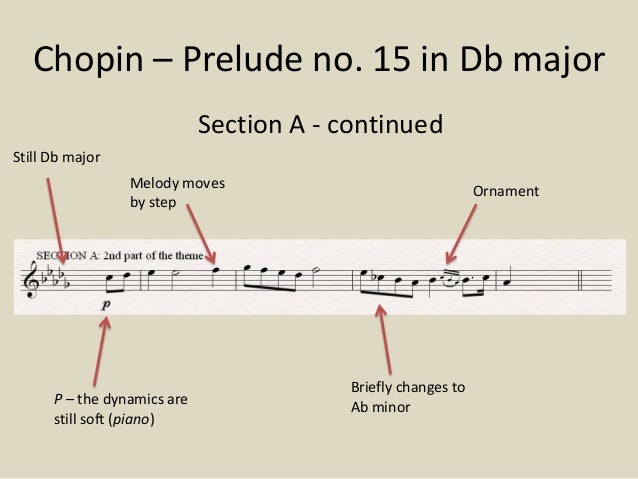

(As I don't study piano formally, this is unlikely to change in the near future.) I can sight-read Alkan's 'Quasi-faust', for example, but the fugal section is a garbled mess every time I play it. I'm walking proof of the fact that there's a bit of a gap - a gulf in some cases - between being able to sight-read a piece and being able to play it. A fully accomplished pianist can tackle them in any order they please, and if so, following Chopin’s own ordering may be best. This of course applies only to beginners. Following an order of ascending difficulty is always helpful, since one prelude prepares for the next (up to a point). As far as I am concerned the main usefulness of such lists applies mostly in the case of someone who wants to master all the preludes. Really, there is no right or wrong, just different alternatives. They always tell more about the person compiling the list and what they find personally difficult, then the pieces themselves. In fact I find of the utmost interest when someone posts an alternative list like the one you posted. Second, I do not attach any great importance to it. although we both agree that prelude16 is the most difficult, his ordering reflects this fact, while mine does not). Also my list may not be directly comparable to Alan Chan’s (e.g. 4, 7 and 20) to be of the same level of difficulty – albeit the difficulties will be vastly different in nature. This means that I have considered the preludes of grade 4/5 (no. First, the preludes are not ordered progressively, but in grades. So as is the case with all this grading stuff, it always depends.Īs for my list. Children with little interest in piano playing/practice having one 30-minute lesson per week with interruption every half term/holiday, may well take that long (and most likely will never make it). I see no reason for anyone with a minimum of seriousness and 1 hour correct practice per day not to be playing grade 8 pieces after 2 – 3 years. So a grade 8 piece means a level of difficulty that would require 8- 9 years of piano study to tackle. This means that someone who has been studying the piano for 1 – 2years should be able to tackle repertory classified as grade 1, someone who has been studying for 2 – 3 years should be able to tackle repertory of grade 2, and so on. The ABRSM expects a student to go through one grade a year (and they suggest that one should expect 2 years for the first grade). ABRSM – Associated Board of the Royal Schools of Music. Information - Concerts, News,FAQs, Archives. Organs - Electronic (B3 etc.), Pipe, Theatre.
Chopin prelude 15 professional#
Who's Who - Professional Pianists on Piano World

Member Recordings - Non Classical Pianist CornerĮVENTS! Piano Concerts, Recitals, Competitions.įun Stuff! - Parties, Tours, Projects & More.įorum Members Parties, Tours, Cruises, & M. MY NEW PIANO or KEYBOARD! - Share Your Story!

Thank you very much though for the feedback and the compliment.ĭigital Pianos - Electronic Pianos - Synths &a. The above reasons are still very valid to me, so I am not considering changing the camera placement. But since I am doing this all by myself, I don't have that time. Of course, if I would have an editing crew I could make two video's, where in one the camera is fixed. I would obviously love it if everyone could enjoy my videos a lot. The third reason is that I can show the right or the left hand at a specific time for the certain passage that I want to be the focus of the attention.įor me, the above reasons are very essential to my teaching." It's too bad to hear that you can't connect with my first reason. Therefore in my experience, the movement adds to my teaching. Those two things aren’t always the easiest to explain in words. The second reason is that body movement has a huge impact on phrasing and timing in general. I believe, the viewer must see the nature of the hand movement through my eyes because I think this is the easiest way to understand what I am showing and explaining. The first one is that I want to present the exact angle as I see my hands. But I have several reasons to keep the camera placement as it is. So I copied the response where I gave an explanation before."Actually, I thought about it a lot because I really care about how people perceive my videos. It’s not the first time that I get a comment about the camera movement.


 0 kommentar(er)
0 kommentar(er)
